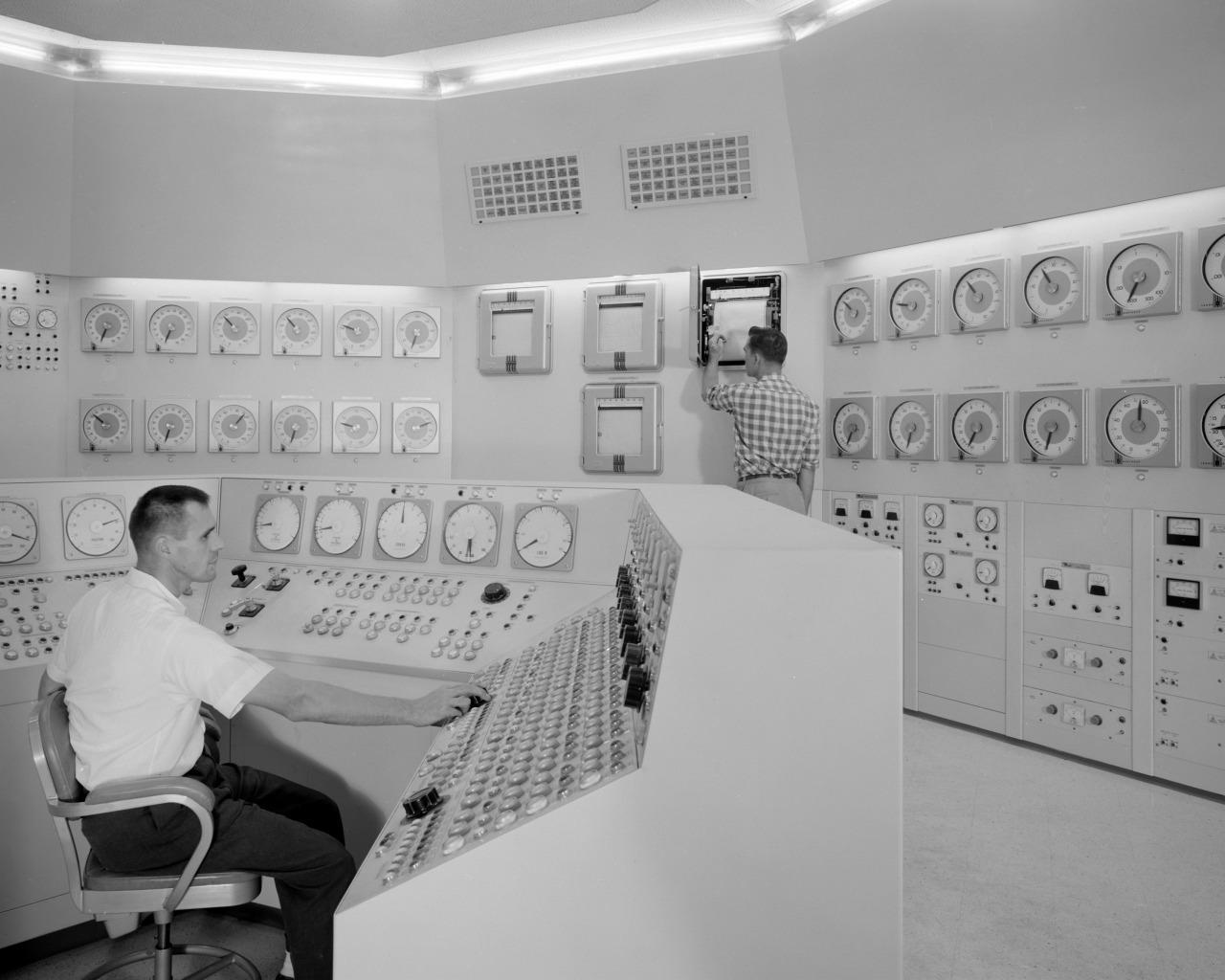
By Kayla Matthews
Computer scientists figured out a way to improve the efficiency of data centers by 25 percent. The trick? They tweaked operating systems so the computers powering them would share processing power. While in an idle state, these systems are able to perform extra tasks without being bogged down when they are needed for Web-based tasks.
More importantly, this new method will help lower operating costs as the related hardware will use less power. From the outset, it may not seem all that exciting — or innovative — but the big data industry will definitely benefit from this discovery.
One project collaborator, Dr. Kathryn McKinley from Microsoft, explained the implications of her team’s findings:
"[Our] work has the potential for enormous impact in data centers [and] could save over 25 percent of the energy bill for these companies, [which is] a huge win."Dr. McKinley says the modified systems “share resources by exploiting simultaneous multithreading in a new way.” Apparently, it's a feature that's been around for some time.
McKinley also claims that most companies simply disable this feature, because it has a negative effect on performance and user experience.
Obviously, by using the methods drawn upon by these scientists, the performance remains balanced. This is a crucial detail for several reasons, which we will get to in a bit.
For now, let’s take a closer look at the team behind this amazing find.
Who is responsible?
The team responsible includes researchers from the Australian National University (ANU) who worked alongside Microsoft. It consisted of Professor Steve Blackburn — from ANU’s Research School of Computer Science — Dr. Kathryn McKinley and Ph.D. students like Xi Yang.
Their system improves energy efficiency and performance for servers used to run web searches and interact with users.
Perhaps what’s most intriguing is that the technology used by the team has been around for some time now. If most companies disable the Simultaneous Multithreading function like Dr. McKinley said, where did they get the idea to employ the feature and create such a system?
Blackburn says the idea was borrowed directly from a Brothers’ Grimm fairy tale: the Elves and the Shoemaker. Essentially, a poor shoemaker receives much needed help from elves in order to complete his work and keep himself afloat:
"Servers spend a lot of time waiting for search requests to [arrive]. By sneaking in other processes while they are waiting, we can use computers more efficiently."
The way the computers are able to perform work in an idle state is akin to how the elves used the shoemaker’s tools at night. At least, that’s how Blackburn described it.
What does this mean?
You may not know this, but a speed delay in web search or similar services is unacceptable. It can cause a great deal of headaches for those monitoring these systems, and also for the users who are taking advantage of them.
Delays often translate to slower performance and a sluggish user experience.
Naturally, this is why data centers opt to keep their hardware running at optimum speeds to ensure they are ready when a query comes in. Without the system from these researchers, servers generally suffer from performance loss while multitasking. So, the companies involved prefer not to use the computers for other tasks. It results in a costly energy bill and the gradual run-down of server hardware.
There are other ways to lower the bills, such as choosing professionally refurbished hardware, for example, to replace old, inefficient parts:
"The secondary market for IT networking equipment has become a multi-billion dollar market because of how well used Cisco network equipment continues to perform," says equipment reseller Worldwide Supply.
But for the most part, data providers are stuck with high consumption rates and bills. It’s just the nature of operating server hardware. The new multithreading system will allow data centers to enjoy lower energy usage — and lower bills — without a serious performance hit. It’s a win-win situation all around.
Image by New Old Stock
Kayla Matthews is a healthy living writer and blogger who writes for The Huffington Post and The Climate Group. Follow her on Facebook or at ProductivityTheory.com.
TriplePundit has published articles from over 1000 contributors. If you'd like to be a guest author, please get in touch!














